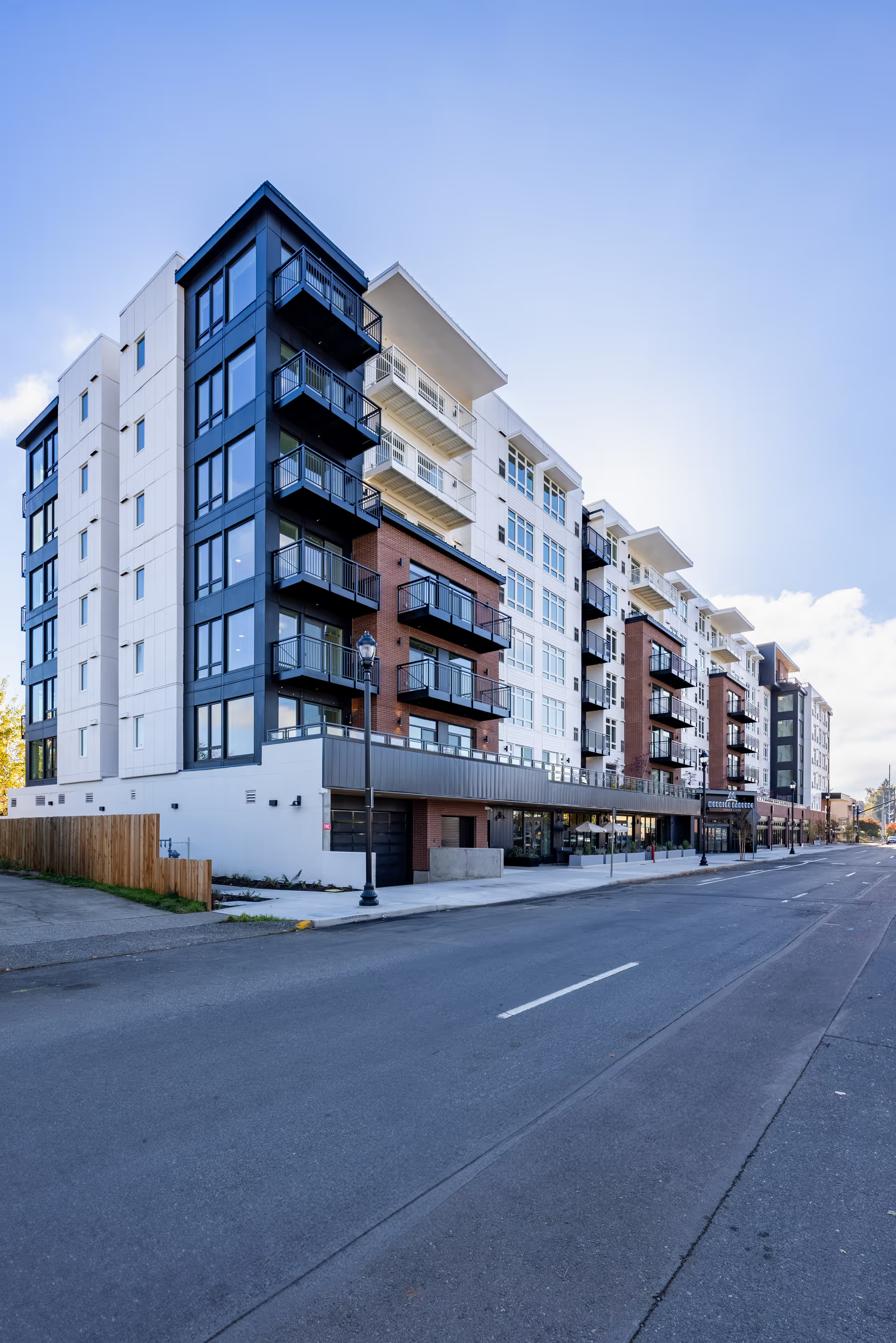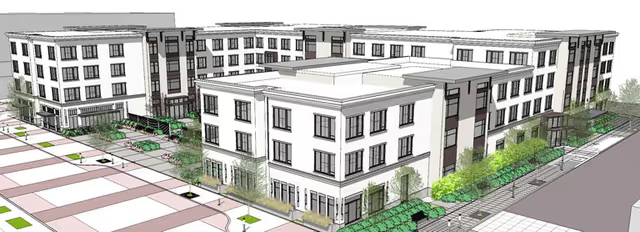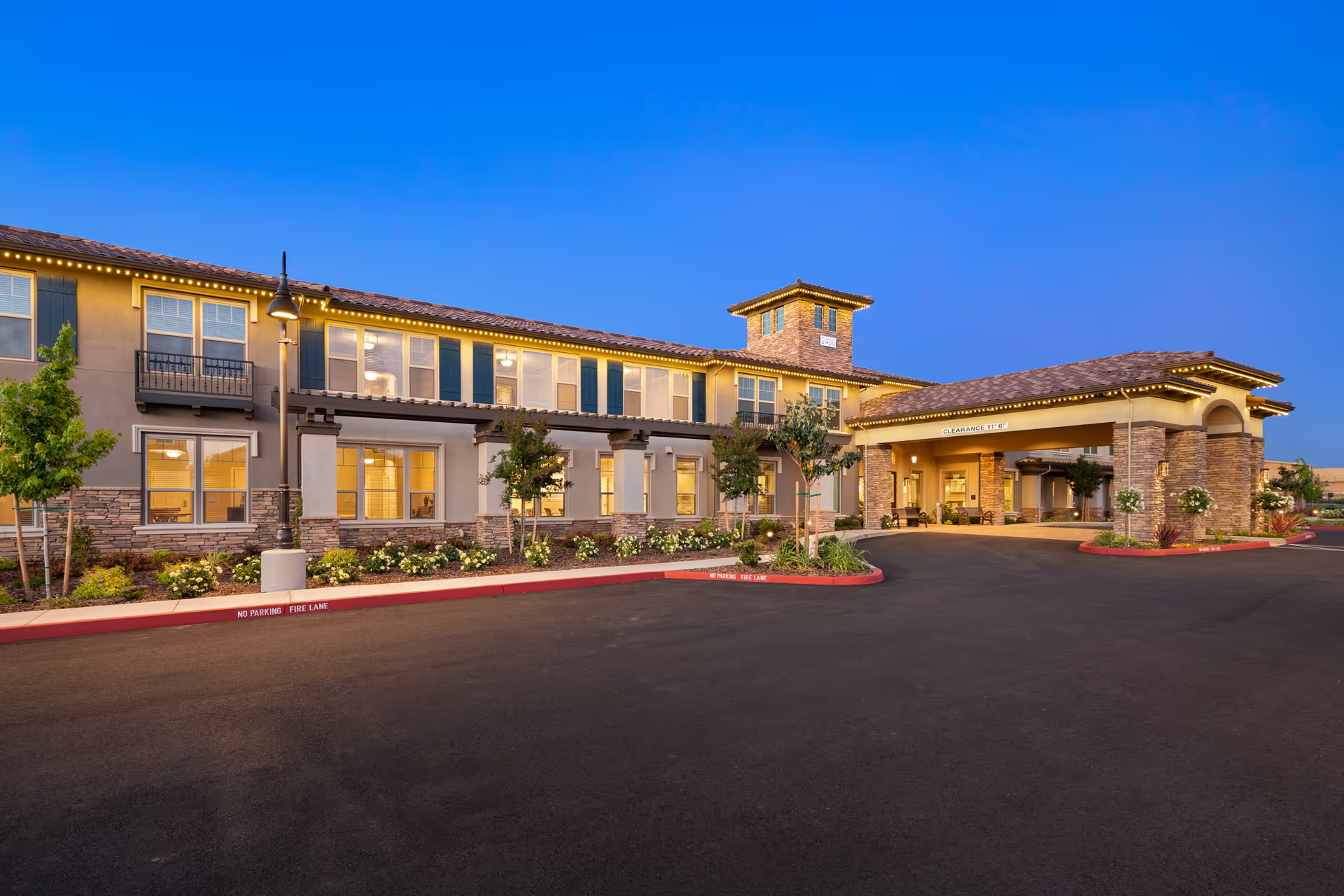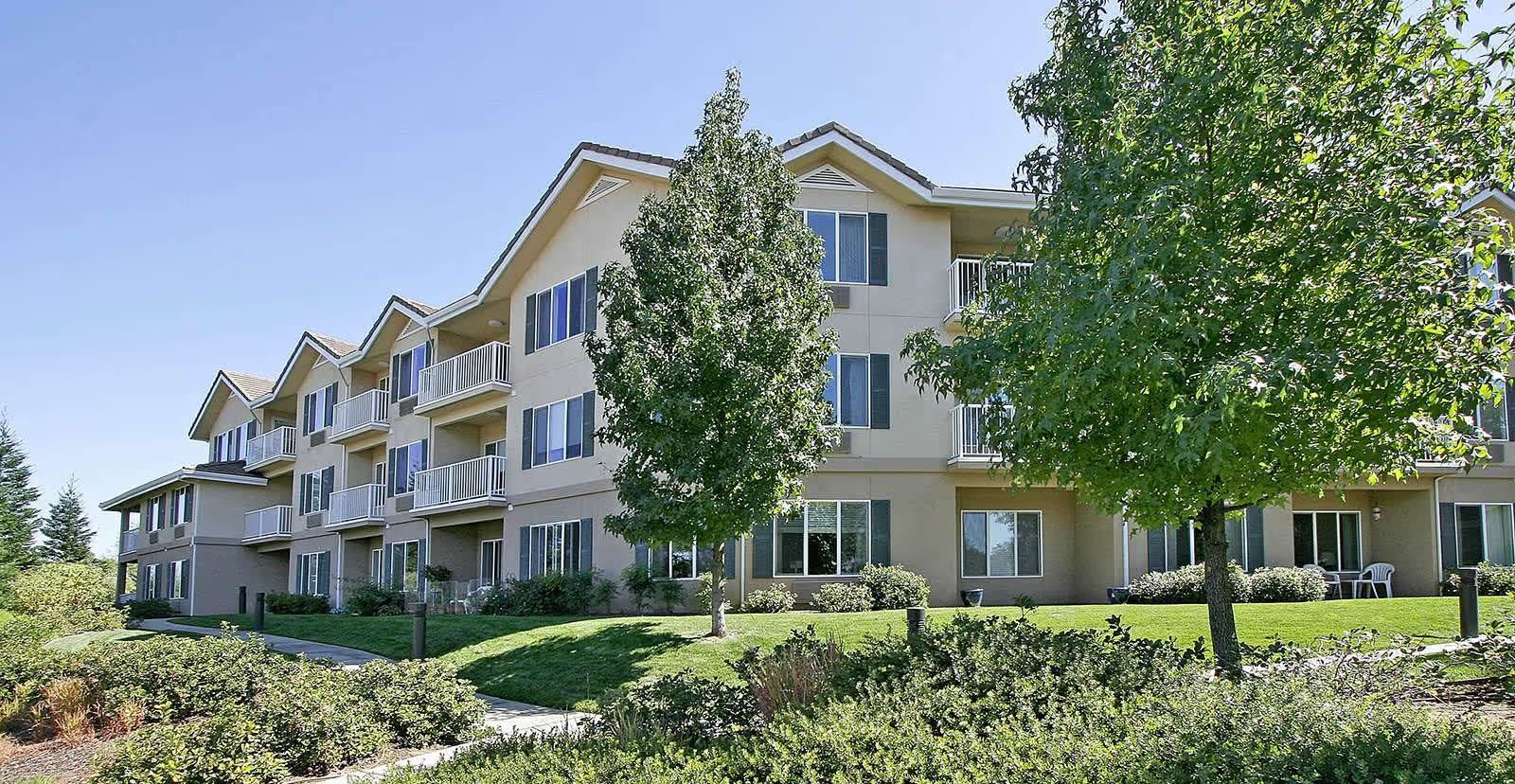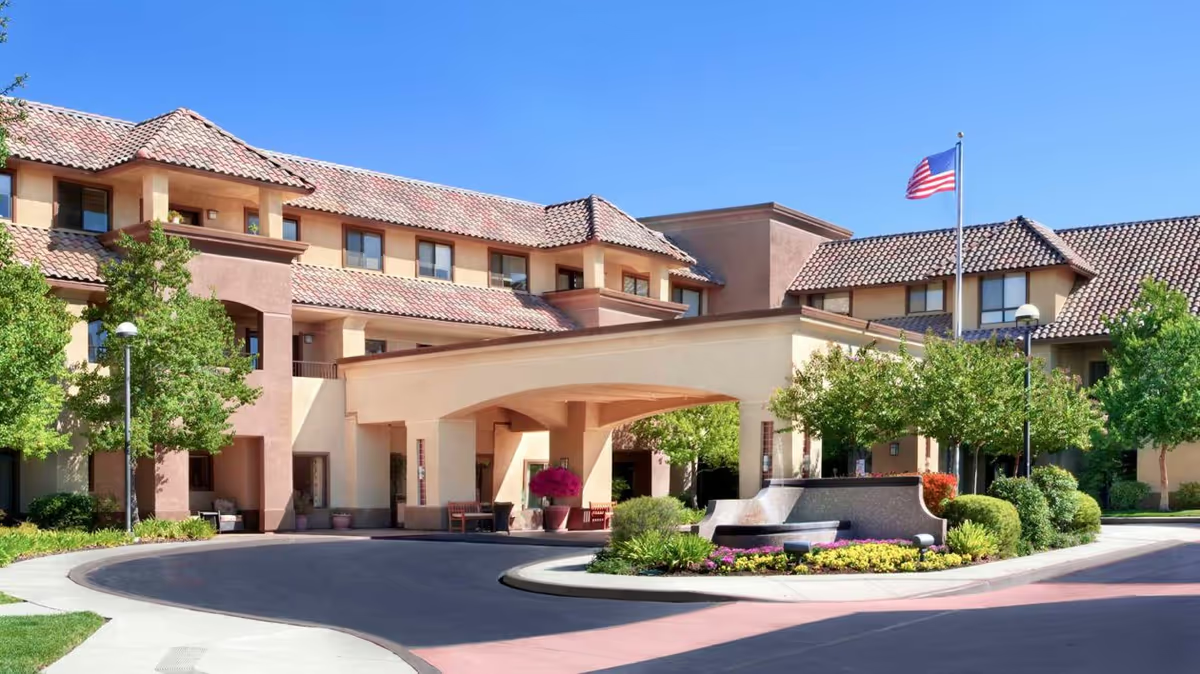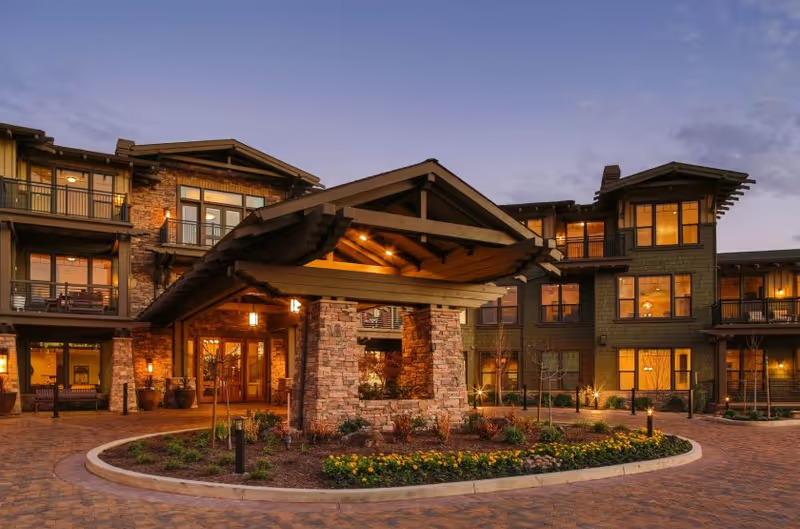Overall sentiment in the reviews is mixed but leans toward positive at the direct care level and critical around clinical nursing skills and some operational issues. The clearest strength across the reviews is the quality and compassion of the CNA/rehab staff: reviewers repeatedly describe CNAs as caring, excellent, and deserving of high respect. Several comments single out the rehab program as “really great” and note a hospital-like professionalism in that area. Management-level impressions are also positive in places — the administrator is described as personable and the DNS is seen positively — and coordination with doctors and transport options are noted as strengths.
However, significant and recurring concerns center on nursing-level clinical care and safety practices. Multiple summaries mention wound-care problems, dressing trays left unsealed, and an elevated infection risk tied to improper wound care. Reviewers explicitly say nursing staff lack wound-care skills, cite improper training, and characterize the facility as having few skilled nurses. These clinical and training deficiencies are serious red flags that contrast with the praise for CNAs and rehab clinicians and may explain why some families would not recommend the facility despite positive interactions with other staff.
Operational and amenity-related themes are mixed. The facility and grounds are described as well-kept, with a pleasant arboretum/indoor plant feature and large, comfortable two-bedroom rooms. CNAs assist with wheelchairs and there is affordable transportation, which supports day-to-day resident needs. On the downside, accessibility is inconsistent: while staff assist with mobility, reviewers frequently note that there are very few wheelchair-accessible restrooms, which is a practical limitation for mobility-impaired residents. Aesthetic impressions vary — some find the place functional and hospital-like, while others call it the least aesthetically pleasing, indicating strength in clinical infrastructure but weaker appeal in décor or homelike ambiance.
Service responsiveness and dining receive mixed to negative notes. Long call-light wait times are mentioned several times, which undermines resident safety, comfort, and confidence in timely care. Meals are described as average and repetitive, suggesting dining services meet basic needs but do not stand out. Communication receives positive mentions — staff answer questions and convey a family-oriented approach — but the lag in response to call lights and concerns over clinical competency can erode trust.
In summary, Marquis Springfield appears to excel in hands-on, day-to-day care delivered by CNAs and the rehabilitation team, with personable management in some instances and good coordination with external providers. Major weaknesses lie in clinical nursing competence (especially wound care), infection control practices, limited accessible restrooms, slow response times to call lights, and uninspired dining/aesthetics. These patterns create a split impression: families and residents who prioritize compassionate CNAs and rehabilitation may view the facility favorably, while those for whom clinical nursing expertise, infection control, timely responsiveness, and accessibility are paramount may have significant reservations or would not recommend it. Addressing the nursing training/infection-control gaps, improving call-light responsiveness, and increasing accessible restroom availability would likely resolve the most serious concerns raised in these reviews.
